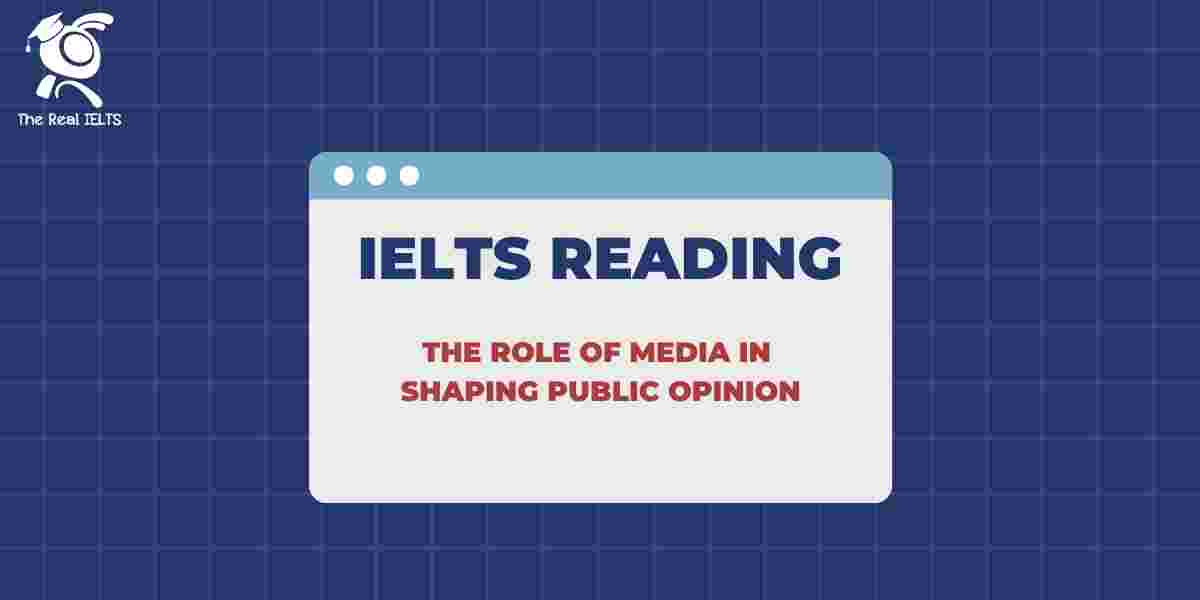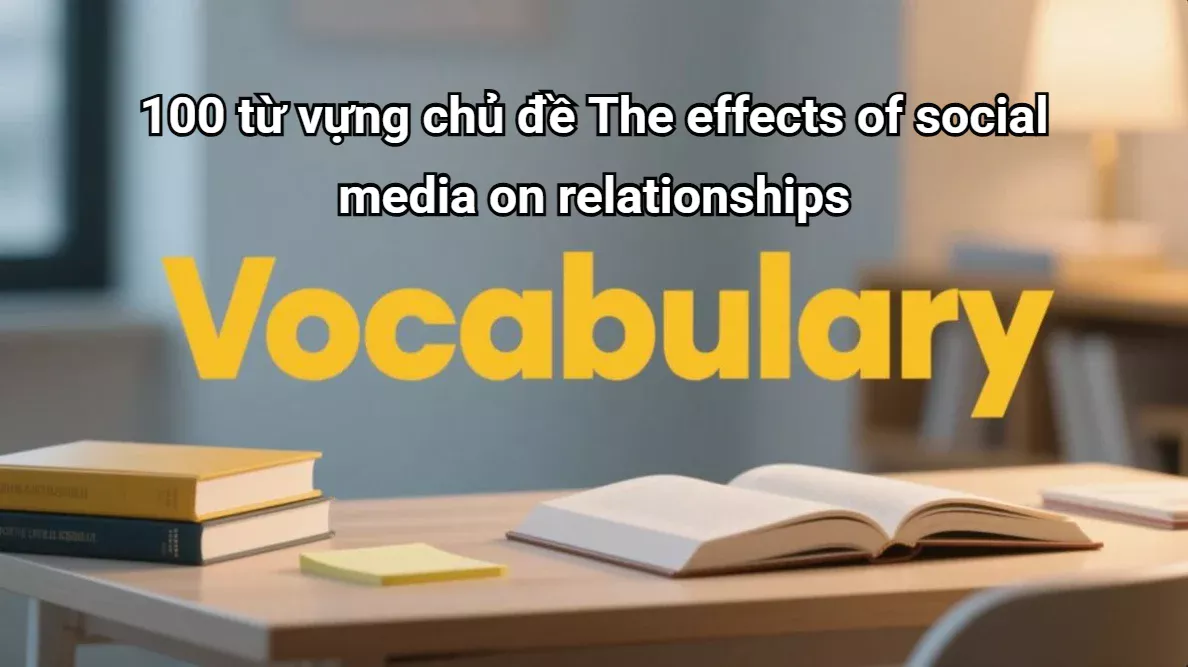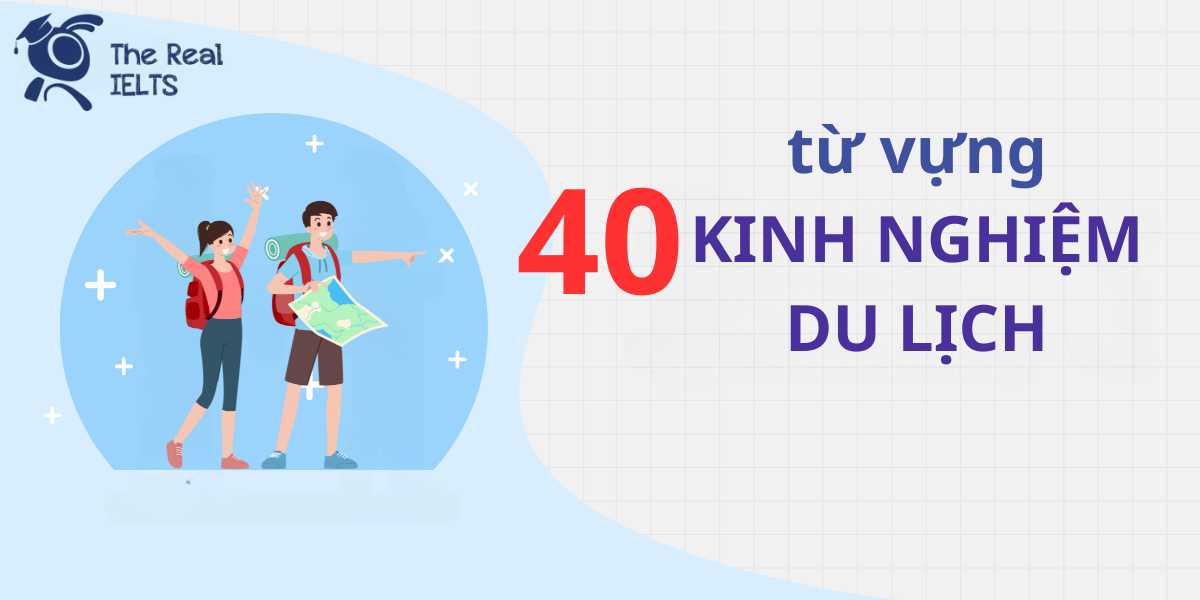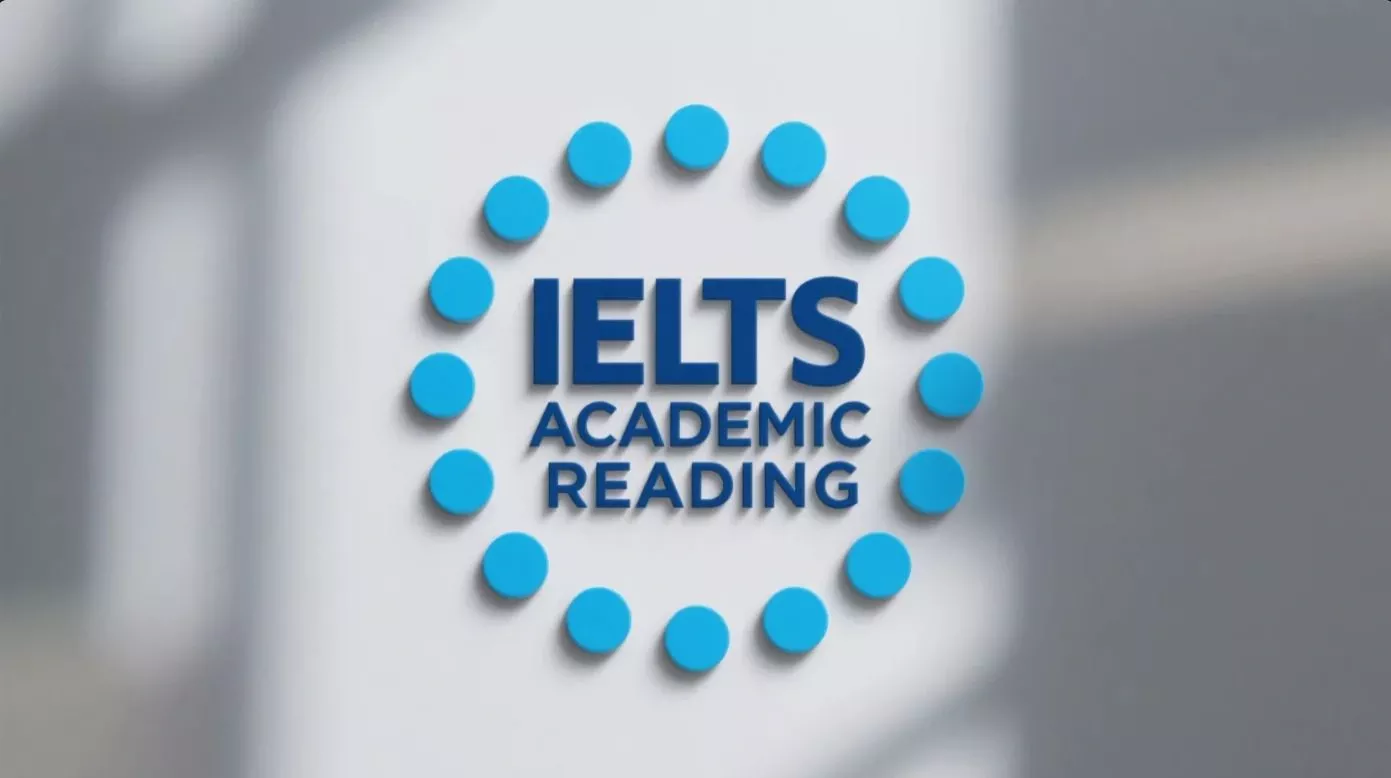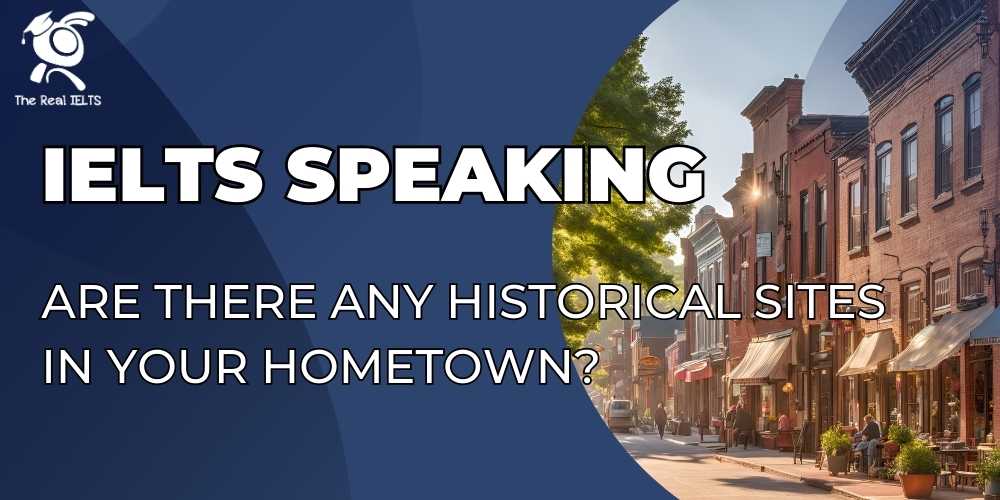Đề thi IELTS Reading có tiêu đề “The Role of Media in Shaping Public Opinion”
Nhớ đọc thêm các bài luyện thi IELTS nhé.
IELTS Reading:”The Role of Media in Shaping Public Opinion“
The Role of Media in Shaping Public Opinion
The media plays an instrumental role in shaping public opinion, acting as both a mirror reflecting societal values and a lens through which information is filtered and disseminated. In today’s globalized world, the media’s influence extends beyond traditional outlets like newspapers and television to include digital platforms such as social media, blogs, and online news portals. This vast network of information sources has transformed the way individuals perceive and react to events, effectively shaping collective public opinion.
Historically, the media has been a powerful tool for information dissemination, with its role evolving alongside technological advancements. In the early days of print media, newspapers served as the primary source of news and information, offering readers a curated view of the world. The advent of radio and television further expanded the media’s reach, bringing real-time reporting and visual storytelling into homes across the globe. With each technological leap, the media’s capacity to influence public opinion has grown, making it a central force in the formation of societal norms, political beliefs, and cultural trends.
One of the primary ways the media shapes public opinion is through agenda-setting. This concept refers to the media’s ability to determine which issues are considered important by the public. By choosing which stories to highlight and how to frame them, the media can direct public attention to specific topics, effectively setting the agenda for public discourse. For example, extensive coverage of climate change can elevate environmental issues in the public consciousness, prompting widespread concern and action. Conversely, underreporting or biased coverage of certain events can diminish their perceived importance, thereby shaping public opinion in subtle, yet significant ways.
Framing is another critical mechanism through which the media influences public opinion. The way in which a story is presented, including the language used, the sources cited, and the visuals accompanying the report, can significantly impact how the audience interprets the information. For instance, framing a protest as a violent uprising rather than a peaceful demonstration can shape public perception of the event and influence broader opinions on the issues at stake. This power to frame narratives enables the media to construct and reinforce specific viewpoints, often aligning with the interests of those in power or the prevailing social norms.
Moreover, the rise of social media has added a new dimension to the media’s role in shaping public opinion. Unlike traditional media, which is largely controlled by professional journalists and editors, social media platforms are populated by users who create, share, and comment on content. This democratization of information dissemination has both positive and negative implications for public opinion.
On one hand, social media allows for a more diverse range of voices and perspectives, challenging the dominance of mainstream media outlets. On the other hand, it also facilitates the rapid spread of misinformation and echo chambers, where users are exposed only to information that reinforces their pre-existing beliefs. This can lead to the polarization of public opinion, as individuals become more entrenched in their viewpoints, often to the exclusion of opposing perspectives.
The media’s role in shaping public opinion is also evident in its impact on political processes. Elections, for example, are heavily influenced by media coverage, with candidates’ public images and campaign messages often shaped by how they are portrayed in the media. Debates, interviews, and political advertisements are all mediated events that contribute to the formation of public opinion about candidates and their policies. In some cases, media outlets may exhibit bias, favoring one candidate or party over another, thereby influencing voter perceptions and outcomes. The concept of the “media effect” underscores the idea that media exposure can have a direct impact on individuals’ political attitudes and behaviors, making it a crucial factor in democratic processes.
Despite its significant influence, the media is not a monolithic entity with a singular agenda. It is composed of a multitude of voices, each with its own perspective and biases. This diversity of viewpoints can be both a strength and a weakness in the media’s role in shaping public opinion. On one hand, a plurality of voices ensures that no single narrative dominates the public discourse, allowing for a more balanced and nuanced understanding of complex issues. On the other hand, the fragmentation of media sources can lead to confusion and misinformation, as competing narratives vie for attention and credibility.
In conclusion, the media plays a crucial role in shaping public opinion, serving as both a source of information and a powerful influencer of societal values and beliefs. Through mechanisms such as agenda-setting and framing, the media directs public attention and shapes the narratives that define public discourse. The rise of social media has further complicated this dynamic, introducing new opportunities and challenges in the way information is disseminated and consumed. As such, understanding the media’s role in shaping public opinion is essential for navigating the complexities of modern society, where information is abundant, but the truth can be elusive.
Đề bài thi IELTS Reading
Multiple Choice (Câu hỏi trắc nghiệm)
- What is one primary way the media shapes public opinion?
- A. Through direct political involvement
- B. By setting the public agenda
- C. By avoiding controversial topics
- D. By promoting cultural homogeneity
- How has the rise of social media impacted the shaping of public opinion?
- A. It has decreased the media’s overall influence
- B. It has centralized control of information
- C. It has democratized information dissemination
- D. It has eliminated misinformation
- Which of the following is an example of media framing?
- A. Reporting on a protest as a peaceful event
- B. Ignoring a major political scandal
- C. Highlighting a celebrity’s lifestyle
- D. Publishing a list of the day’s top news
- How does the media influence political processes, according to the passage?
- A. By making unbiased reports
- B. By shaping candidates’ public images
- C. By completely avoiding political content
- D. By favoring all political parties equally
- What does the passage suggest about the media’s role in democratic processes?
- A. The media has little to no impact on democracy
- B. The media undermines the democratic process
- C. The media is a crucial factor in democratic processes
- D. The media should be removed from political discussions
True/False/Not Given
- The media has less influence today than it did in the past.
- True
- False
- Not Given
- Social media has eliminated the need for traditional media outlets.
- True
- False
- Not Given
- The passage states that traditional media is completely unbiased.
- True
- False
- Not Given
- The author believes that misinformation is a serious issue on social media.
- True
- False
- Not Given
- The media has always had the same level of influence on public opinion.
- True
- False
- Not Given
Yes/No/Not Given
- Does the author believe that agenda-setting is the most effective tool the media has to shape public opinion?
- Yes
- No
- Not Given
- Is the author of the opinion that all media outlets contribute positively to public discourse?
- Yes
- No
- Not Given
- Does the passage suggest that media bias is inevitable?
- Yes
- No
- Not Given
- Does the passage indicate that social media has had a solely negative impact on public opinion?
- Yes
- No
- Not Given
- Does the author agree that media coverage of elections is fair and balanced?
- Yes
- No
- Not Given
Matching Information (Nối thông tin)
- Match the following statements with the correct paragraph:
- A. Social media’s impact on public opinion
- B. The role of framing in media
- C. The historical evolution of media influence
- D. The media’s impact on political processes
Matching Headings (Nối tiêu đề với đoạn văn)
- Choose the most suitable heading for each paragraph:
- A. The Media’s Historical Role in Information Dissemination
- B. The Power of Framing in Media
- C. The Complex Influence of Social Media on Public Opinion
- D. Media’s Role in Political Elections
Matching Features (Nối đặc điểm)
- Match the media type with its characteristic:
- A. Traditional media
- B. Social media
- C. Digital news portals
- D. Blogs
Matching Sentence Endings (Nối phần kết câu)
- Match the sentence beginnings with the correct endings:
- A. The media influences public opinion by…
- B. Social media differs from traditional media in that…
- C. Agenda-setting allows the media to…
- D. Media bias can lead to…
Sentence Completion (Hoàn thành câu)
- The media’s ability to ________ allows it to direct public attention to specific topics.
- Framing in media refers to the way stories are ________.
- Social media has introduced a new dimension by ________ information dissemination.
- The rise of digital platforms has made the media’s influence ________.
Summary Completion
- Complete the summary of the passage using words from the text: The media has historically played a significant role in shaping ________ by controlling how information is ________ to the public. With the rise of ________, the landscape of media influence has changed, introducing both ________ and challenges in the way public opinion is formed.
Short Answer Questions (Câu hỏi trả lời ngắn)
- What is one way the media sets the public agenda?
- How does framing affect public perception?
- In what way has social media contributed to the polarization of public opinion?
- What does the passage suggest about the role of media in elections?
- Why is media bias a concern in the context of public opinion?
- What are the advantages of having multiple media voices in public discourse?
Diagram Label Completion (Hoàn thành nhãn của sơ đồ)
- Label the diagram based on the passage:
- Diagram Title: “The Process of Shaping Public Opinion through Media”
- Agenda-Setting
- Framing
- Media Type (Traditional vs. Social)
Table Completion
- Complete the table with information from the passage:
| Media Type | Characteristic |
|---|---|
| Traditional Media | |
| Social Media | |
| Digital News Portals |
True/False/Not Given
- The passage mentions that radio was the first major technological leap in media.
- True
- False
- Not Given
- Framing always presents information in an unbiased manner.
- True
- False
- Not Given
- The passage argues that media fragmentation is mostly positive.
- True
- False
- Not Given
Yes/No/Not Given
- Does the author suggest that media influence is weakening due to digital platforms?
- Yes
- No
- Not Given
- Does the author believe that social media offers more diverse perspectives than traditional media?
- Yes
- No
- Not Given
Matching Sentence Endings (Nối phần kết câu)
- Match the sentence beginnings with the correct endings:
- A. Social media can contribute to…
- B. Traditional media is characterized by…
- C. The role of framing is…
- D. Agenda-setting impacts…
Short Answer Questions (Câu hỏi trả lời ngắn)
- How does the passage define agenda-setting?
- What concern does the author raise about the spread of misinformation?
Đáp án bài thi IELTS Reading
Multiple Choice (Câu hỏi trắc nghiệm)
- B
- C
- A
- B
- C
True/False/Not Given
- False
- False
- False
- True
- False
Yes/No/Not Given
- Not Given
- No
- Yes
- No
- No
Matching Information (Nối thông tin)
- A. Paragraph 4 (Social media’s impact on public opinion)
- B. Paragraph 3 (The role of framing in media)
- C. Paragraph 2 (The historical evolution of media influence)
- D. Paragraph 6 (The media’s impact on political processes)
Matching Headings (Nối tiêu đề với đoạn văn)
- A. Paragraph 2 (The Media’s Historical Role in Information Dissemination)
- B. Paragraph 3 (The Power of Framing in Media)
- C. Paragraph 4 (The Complex Influence of Social Media on Public Opinion)
- D. Paragraph 6 (Media’s Role in Political Elections)
Matching Features (Nối đặc điểm)
- A. Traditional media (Controlled by professional journalists)
- B. Social media (Populated by users creating and sharing content)
- C. Digital news portals (Often includes both professional and user-generated content)
- D. Blogs (Usually personal opinions and analysis)
Matching Sentence Endings (Nối phần kết câu)
- A. …setting the public agenda.
- B. …it is decentralized and user-driven.
- C. …direct public attention to specific topics.
- D. …misleading public opinion.
Sentence Completion (Hoàn thành câu)
- agenda-setting
- presented
- democratizing
- more complex
Summary Completion
- public opinion, disseminated, social media, opportunities
Short Answer Questions (Câu hỏi trả lời ngắn)
- By choosing which stories to highlight and how to frame them.
- Framing affects how the audience interprets the information.
- By facilitating echo chambers where users only see information that reinforces their beliefs.
- It shapes candidates’ public images and campaign messages.
- Media bias can distort public perception and influence decision-making.
- It ensures a balanced and nuanced understanding of complex issues.
Diagram Label Completion (Hoàn thành nhãn của sơ đồ)
- Agenda-Setting
- Framing
- Media Type (Traditional vs. Social)
Table Completion
| Media Type | Characteristic |
|---|---|
| Traditional Media | Controlled by professional journalists and editors |
| Social Media | Decentralized and user-driven |
| Digital News Portals | Combination of professional and user-generated content |
True/False/Not Given
- Not Given
- False
- False
Yes/No/Not Given
- No
- Yes
Matching Sentence Endings (Nối phần kết câu)
- A. …the polarization of public opinion.
- B. …control by professionals.
- C. …to shape narratives.
- D. …which topics the public considers important.
Short Answer Questions (Câu hỏi trả lời ngắn)
- The media’s ability to determine which issues are considered important by the public.
- Misinformation can rapidly spread and contribute to the polarization of opinions.
Luyện tập bài khác ở bài viết:”100 bài luyện IELTS Reading 2024 – 2025“


